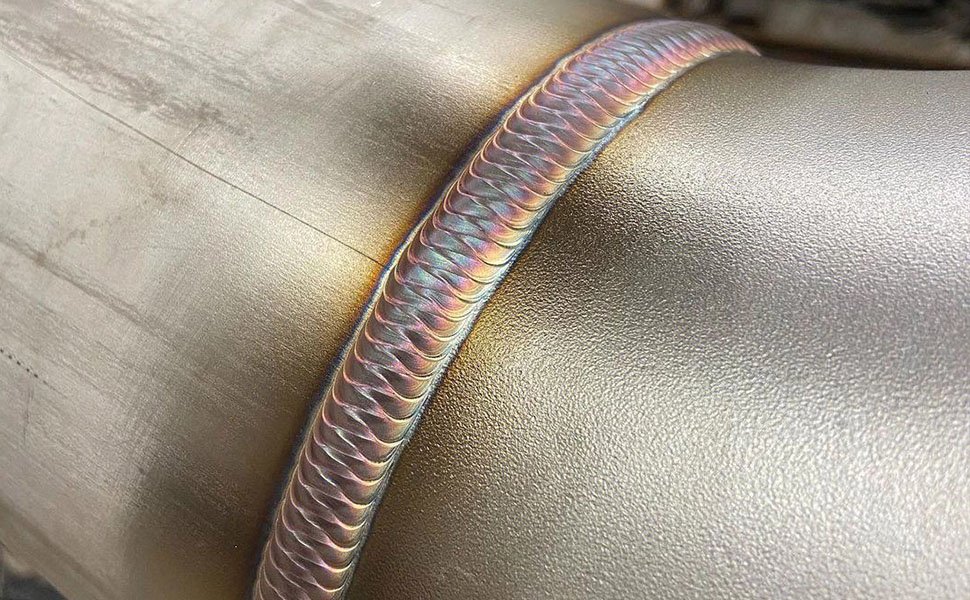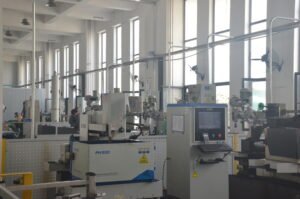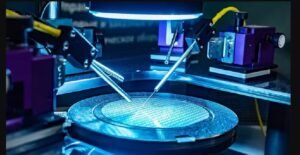Argon arc welding utilizes argon gas to protect the welding material from oxidation, based on the principles of conventional arc welding. By applying high current, the welding material is melted onto the base material, forming a molten pool, thus achieving metallurgical bonding between the base metal and the welding material. Continuous supply of argon gas during high-temperature fusion welding prevents oxidation of the welding material, allowing the welding of stainless steel and ferrous hardware metals.
The widespread application of argon arc welding is mainly due to the following advantages:
- Argon gas protection isolates adverse effects from oxygen, nitrogen, and hydrogen in the air on the arc and molten pool, reducing alloy element loss, and achieving dense, splatter-free, high-quality weld joints.
- Argon arc welding has stable arc combustion, concentrated heat, high arc column temperature, high welding production efficiency, narrow heat-affected zone, and low tendency for welded joints to exhibit stress, deformation, and cracking.
- Argon arc welding is performed under visible arc, making operation and observation convenient.
- Minimal electrode consumption, easy maintenance of arc length, absence of flux or coating during welding, enabling easy mechanization and automation.
- Argon arc welding can weld nearly all metals, especially difficult-to-melt and easily oxidizable metals such as magnesium, titanium, molybdenum, zirconium, aluminum, and their alloys.
- Not restricted by the position of the workpiece, enabling welding in all positions.
Key points on the process and advantages of argon arc welding for root pass:
Using the argon arc welding process for root pass can yield high-quality weld joints. In applications such as water-cooled walls, superheaters, and economizers of boilers, where argon arc welding is employed for root pass welding, the joint quality is excellent, with weld seam ratings consistently above level II in radiographic testing.
Advantages: Argon Arc Welding
- Excellent quality: Proper selection of welding wire, welding process parameters, and adequate gas protection ensure good root penetration, uniformity, and smoothness of the weld surface. Common defects such as weld beads, incomplete penetration, and undercuts are absent.
- High efficiency: Manual argon arc welding for root pass is continuous welding, unlike manual arc welding, which is intermittent. Therefore, manual argon arc welding can improve efficiency by 2 to 4 times. Since there is no need to clean slag and repair welds, the speed of welding increases even further. In the second layer of arc welding for the cover pass, a smooth and uniform argon arc welding root pass layer facilitates the cover pass, ensuring good interlayer fusion. This is especially significant in welding small-diameter pipes.
- Minimal deformation: The heat-affected zone during argon arc welding for root pass is much smaller, resulting in minimal deformation of the welded joint and residual stress.
Learn more about Anchorcut




